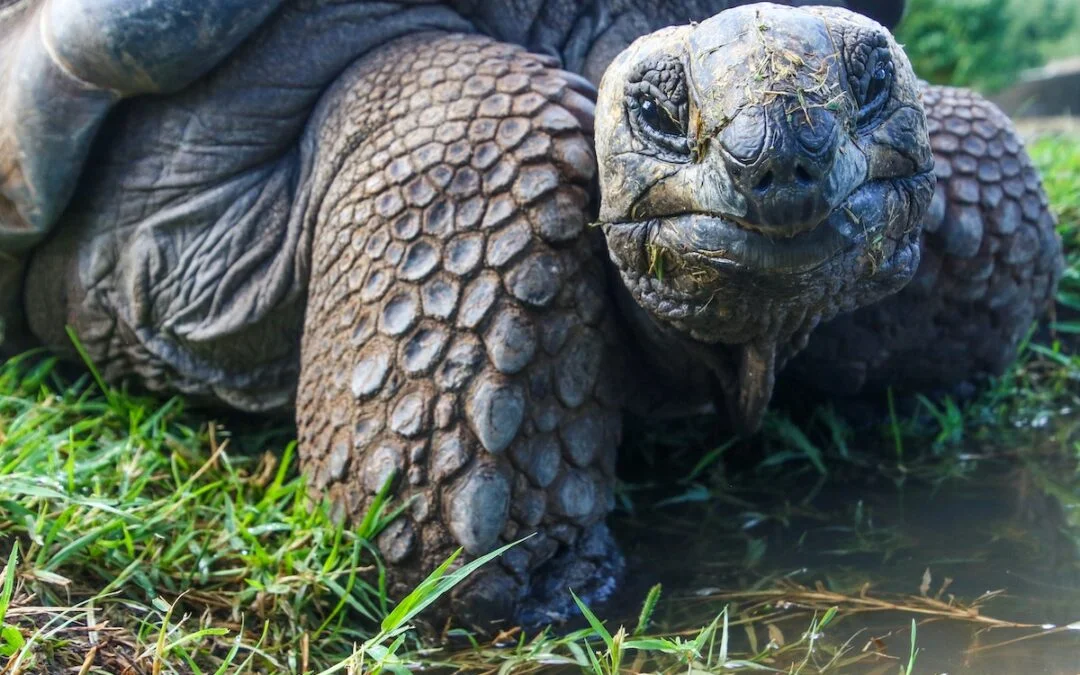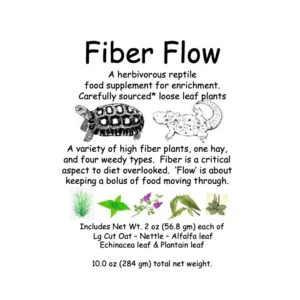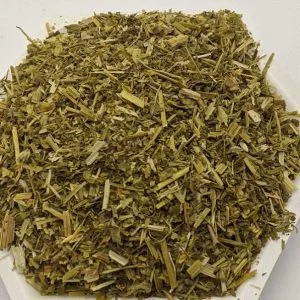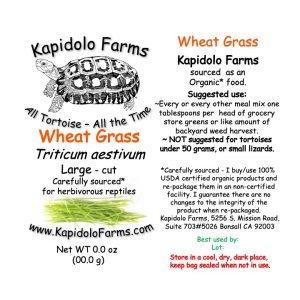Once you have your tortoise, the first thing to do is to bring it to a veterinarian who has already dealt with tortoises and is an expert in exotics.
A general check-up will be conducted by the vet who will likely recommend blood work and a fecal exam. This is essential since reptiles might carry some illnesses, especially if they are acquired illegally from abroad.
Signs to Look for When Acquiring a New Tortoise
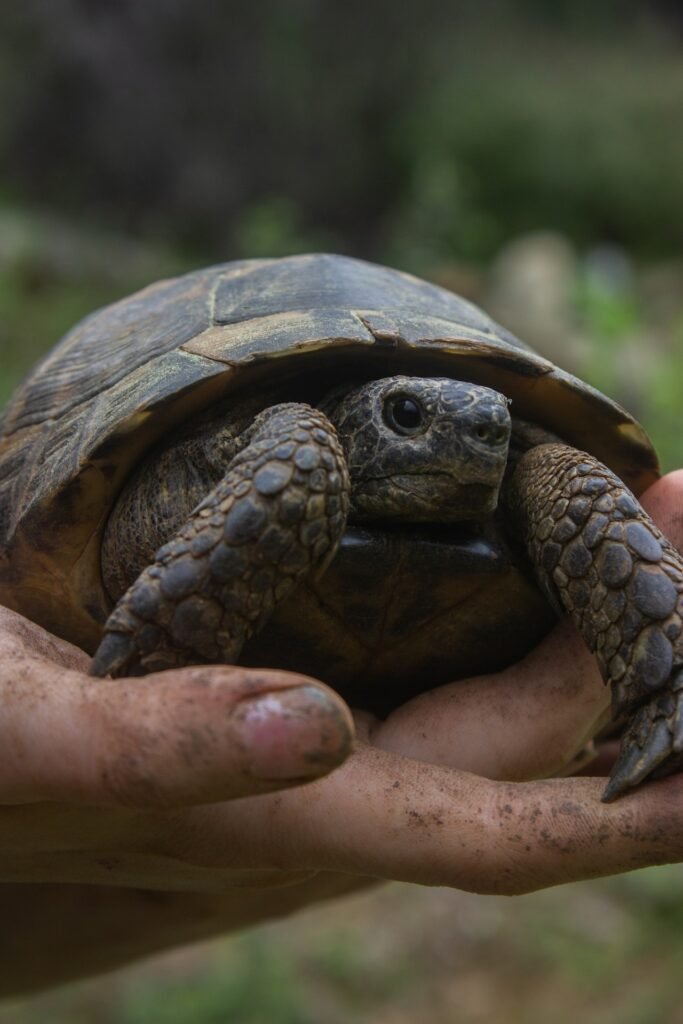
Your tortoise should have muscular and strong legs. They should be capable of lifting themselves from the ground. They should have firm and smooth shells. Check if there are any pyramids, damage, or injuries on the scutes. The tortoise must have a clean beak, scales, and vent.
Their eyes should be clear, and bright, and do not have any discharges. Check the nose and make sure that there are no foreign objects or discharges. A healthy tortoise should be responsive and alert and not breathe with an open mouth.
What Enclosure Should You Use for Your Tortoise?
Generally, the enclosure that you use will be dependent on the type of tortoise you acquire. You will require a larger enclosure if you have an adult Sulcata tortoise. Depending on the size of your tortoise, the minimum size should be 5×5 feet or even larger.
For other types of tortoises, the rule of thumb is, for the length, multiply the actual length of your tortoise’s shell by three. And for the width, multiply it by four.
Be sure to include a basking area and a wading dish inside the enclosure. Put some flat rocks and rough-sided paver stones close to the feeding and basking areas to make their nails and beaks wear down naturally.
You can either place your enclosure outside or inside, depending on the temperature and humidity of the space. Most important, this is something that you should talk to your exotics vet. Never use aquarium tanks for your tortoise since this could suffocate the airflow because of its height. It is essential that there should be proper ventilation in your tortoise’s enclosure.
Indoor Housing for Your Tortoise
Tortoises should be exposed to sunlight, artificial light, or a basking spot for at least ten to twelve hours a day. Bear in mind that tortoises adore the sun. There are some things to avoid if you choose indoor housing for your tortoise.
The tortoise should not have direct exposure to the heating source. Always supervise them when they are roaming outside of the enclosure. You should keep them away from toxic sprays, insects, as well as from dog and cat food.
Outdoor Housing for Your Tortoise
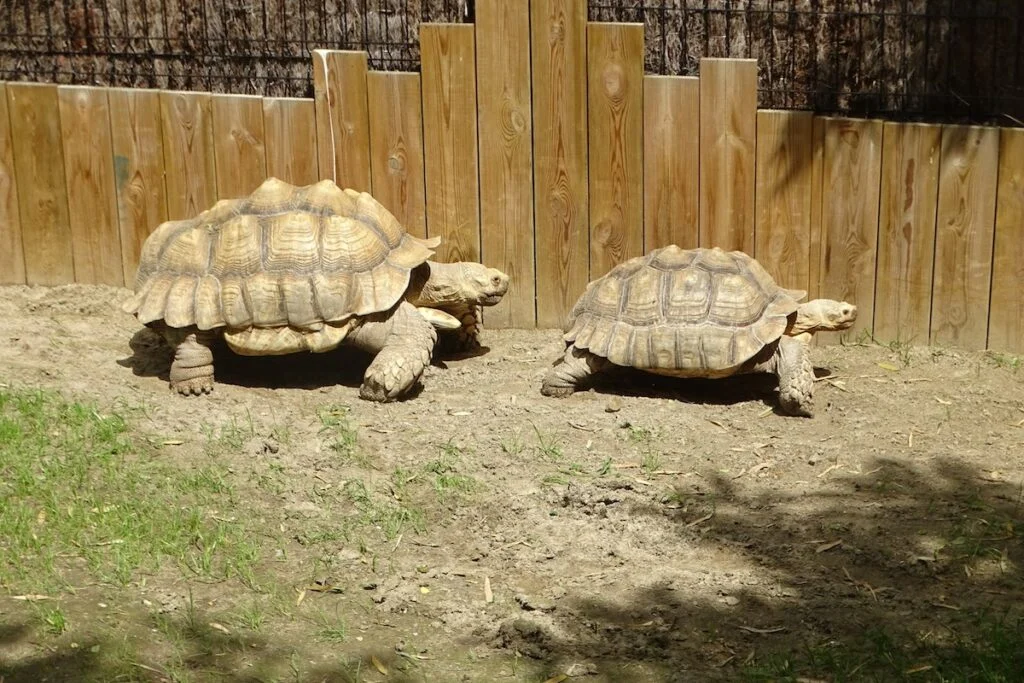
Outdoor housing for your tortoise can only be possible if you can provide them with the proper climate. Be sure to keep the enclosure fully equipped beforehand. You should also prepare an area inside where you can place the tortoise, when necessary, in case the weather conditions get extreme.
When putting your enclosure outside, be sure that your tortoise is protected from predators such as foxes, dogs, cats, etc. Be sure that they cannot escape. You should consider that a tortoise can dig and climb. Protect the substrate or bedding from flooding and it should not remain damp.
If there are plants near the enclosure, be sure that they can be eaten by a tortoise. Keep the area dry, and warm, and has access to natural sunlight. Place a sheltered area where your pet tortoise can hide from the elements.
What is a Substrate?
Substrate refers to the bedding of the enclosure. It is important to cover the bottom of the enclosure with a substrate. The purpose of the substrate is to maintain a balance of dryness and humidity.
This is because if a substrate is always damp then it could encourage mold or bacteria growth. As a result, this can cause infection and illness. Tortoise substrate can be bought at the pet shop.
However, there are some other options, but be sure to discuss this with your exotics vet just to make sure. If you put your tortoise on grass, ensure that there are no pesticides on it.
Provide a Hide Box for Your Tortoise
Be sure to include a closed box for your tortoise inside their enclosure. It should be placed in such a way that it will be easier for them to enter. These boxes will be used by tortoises as their hiding place, particularly at night. This can make the tortoise feel safe and reduce stress as well.
Provide Your Tortoise with the Proper Climate
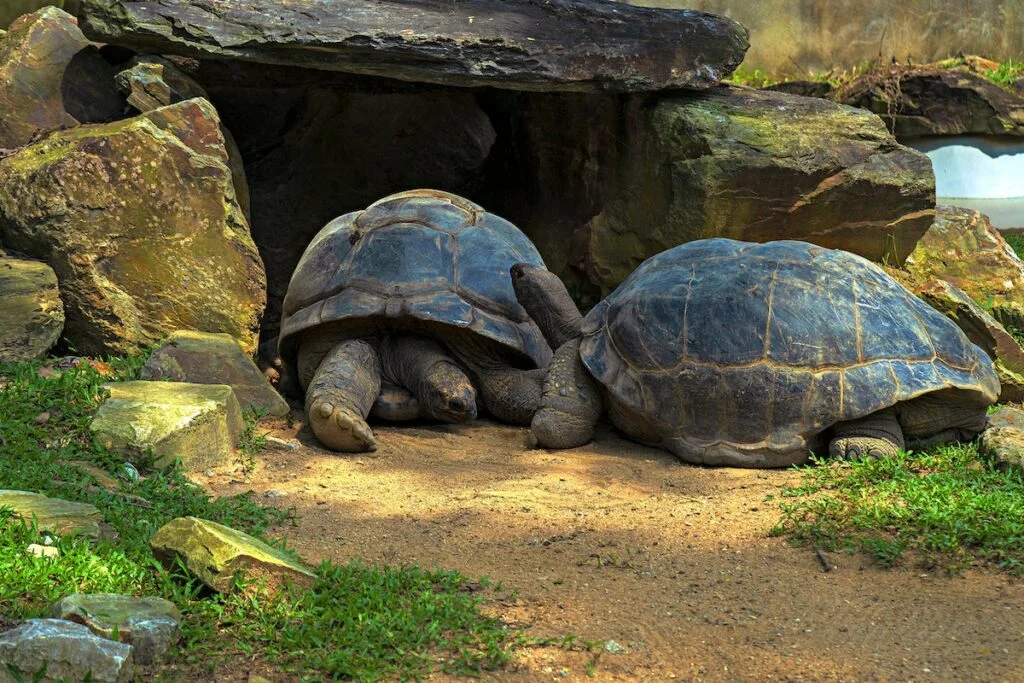
You should check the temperature and humidity of the enclosure where you place your tortoise. There should be a gradient temperature within the enclosure of your tortoise. Ideally, they should be exposed to direct sunlight or UVB, and a spot for basking.
You should constantly monitor the temperature, to ensure that your tortoise won’t overheat. It is recommended that you should place two thermometers within the enclosure.
The first thermometer will be used for measuring the sunny portion of the enclosure, while the second thermometer should be placed on the cooler part. Avoid putting them near or above the heat source, instead install them at the height of your tortoise.
Direct sunlight or UVB will be needed by your tortoise to help them absorb calcium from their food, and for basking. If you place your tortoise outside, then you should allocate a space where they can be exposed to direct sunlight as well as a space where they can hide from the sun.
On the other hand, if you put them inside, you must install proper UVB light which you need to change regularly.
What Should Your Tortoises Eat and Drink?
A healthy diet for your tortoise should include different kinds of vegetables, while for their treats, you can give them some fruit, just ensure that it does not go beyond 5% of their diet.
It is not necessary to provide them with supplements. However, if you want to, then you should talk to your tortoise veterinarian first just to be safe.
It is important to provide your tortoise with fresh water, regardless of what type of species you have. You should replace the water daily since tortoises will likely defecate, making the water dirty.
You should also regularly disinfect their water dish to prevent any illness caused by bacterial build-up. The water on the dish should be large enough so that your tortoise can soak in.
Be sure that it is deep enough so it can have some space to sit inside while its legs are placed right up to its nostrils. Finally, it should be shallow enough so that it will be easier for them to get out of the water.
Keep in mind that just like any other reptile, tortoises also carry Salmonella bacteria, specifically, in their intestinal tract, which gets exposed to their feces. To keep you safe, always wash the cage of your tortoise and your hands regularly. Be vigilant always, especially if there are people with weak immune systems or small children around.
What Can I Expect From a Tortoise’s Behavior?
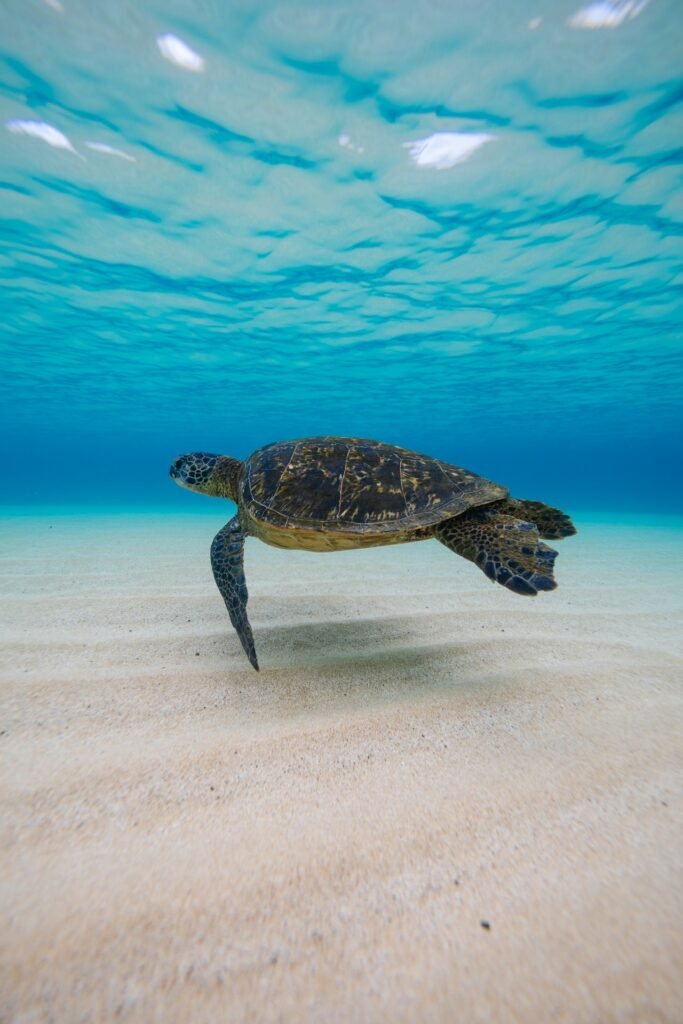
The active and outgoing types are the Sulcata Tortoises. That is why it is not surprising that they are a popular choice for most pet owners. When they are born, they are very small, however, as they grow, they can get large so quickly.
They love digging and are excellent at it! Russian Tortoises are best known for being simple and sturdy. However, they can also be curious and very personable. Red-footed tortoises can recognize their caregivers. When managed gently and properly, they can be interactive and calm.
At the same time, they can easily understand and identify their surroundings since they are fast learners. They can do well as solo animals since unlike other tortoises, they do not like socializing.
Kapidolo Farms is the best resource for your tortoise needs. We offer food and supplies for your tortoise. For more details, contact us at 215-483-7675 or send us a message at kapidolofarms@gmail.com.


